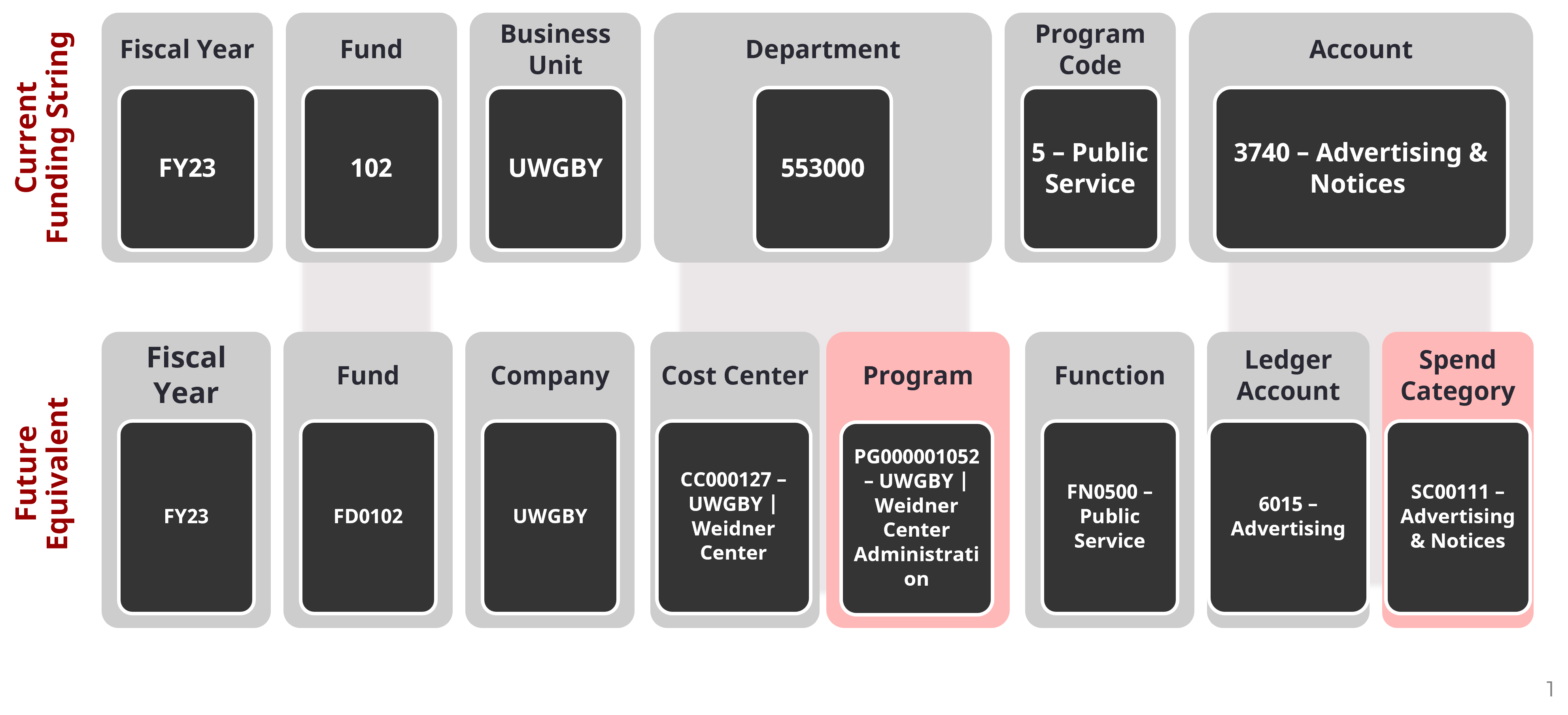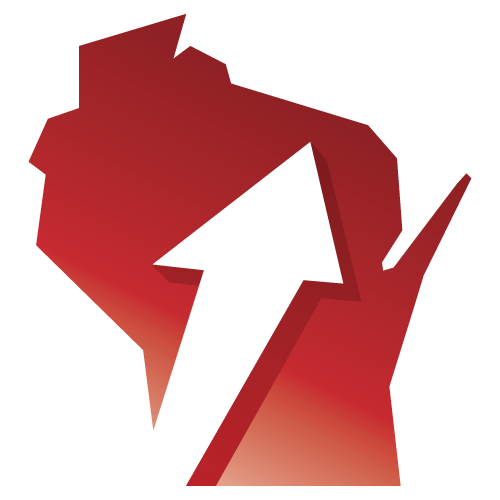If you’re cooking a meal or building a house, you’ll get better results when you start with quality materials. The same is true of an accounting structure. The more details we can use to describe transactions, the more information we will have for reporting and decision-making.
Workday, the cloud-based technology system UW will use to standardize and streamline business processes across the UW System, is based on an accounting structure that uses Worktags as building blocks. Financial, human resources, and research administration business processes will also be grounded in this structure, known as the Foundation Data Model (FDM).
The February Readiness Workshop introduced UW staff to several types of Worktags that will be used to describe transactions in Workday. Worktags will replace Shared Financial System (SFS) values and funding strings currently used to label transactions.
Benefits
The FDM will provide a smoother user experience for everyone who enters business transactions.
“One of the efficiencies we will see in processing transactions is that some of this information will auto-populate based on the Driver Worktag,” said Robyn Bolton, ATP General Ledger Design Team Lead. “And one of the benefits is the additional details we can add to a transaction that our current system doesn’t allow.”
Those extra details will provide more consistent, accurate, and comprehensive reporting at the department, school, college, institution, and System level.
“With UW System using one medium, there will be huge benefits to all of our institutions,” said Ginger Hintz, Assistant Vice President for Financial Administration and Controller at UW System Administration. “There will be many options to set up and distribute a variety of reports that will benefit all of our campuses.”
Worktags
Instead of relying on the funding strings we currently use, the new structure allows users to attach labels, called Worktags, to transactions. Worktags categorize and provide more specific details about a transaction than our current systems provide. But they are also more than just a label: Worktags can have rules and functionality. For example, a Worktag can prompt:
- Reporting on transaction details
- Routing to the appropriate fiscal officers/managers
- Identification of the organization responsible for expenses and revenues
Transactions can have several kinds of Worktags, but all start with a Driver Worktag, which indicates the primary funding source. Driver Worktags include Program, Project, Grant, and Gift. Related, Operational, and Optional Worktags can provide further details about a transaction.
The graphic below shows the difference between how a transaction might be labeled today and what it could look like in Workday, using an example of a Program Driver Worktag.

Learn more about how Worktags relate to SFS values in the Worktags Quick Reference Guide.
Worktags will also be used in Workday’s Human Capital Management, or HR suite, for payroll and other human resources-related transactions.
Cost Centers
You’ll notice that the cost center Worktags may represent what we currently call department codes and will be tied to a budget, people, and budget manager. They will track financial transactions and drive security and workflow. Cost centers can also be rolled up – or grouped – in Workday into a cost center hierarchy for reporting purposes.
Check Out the Foundation Data Model Readiness Workshop
What’s Changing, and Why Does It Matter?
- The Foundation Data Model (FDM) allows for more robust reporting, better user experience, data flexibility, and increased internal controls.
- FDM creates a unified data structure to be used consistently across UW System.
- Worktags will replace UDDS and may correspond to one or more Shared Financial System (SFS) values.
- Users will enter fewer data elements, eliminating potential errors.
- Workday provides a more dynamic option to search for Worktags, and Worktags roll up into hierarchical structure.

1 thought on “Worktags — the building blocks of Workday”
Comments are closed.